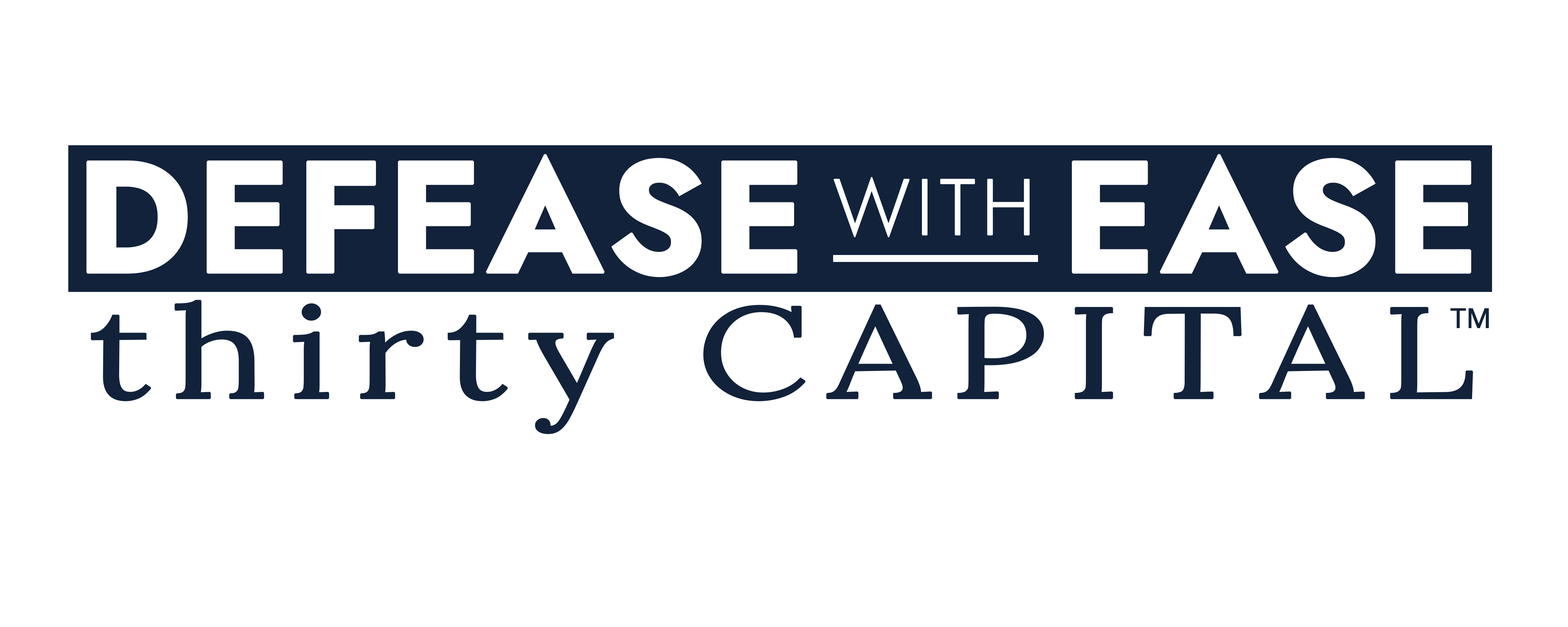As of the end of 2023, commercial-property distress, encompassing financially-troubled assets and those taken over by lenders, amounted to a staggering $85.8 billion, underscoring the urgent need for a deep understanding of distressed debt in today’s market. In the first article of our series about distressed debt, we provide a comprehensive exploration about distressed debt, drawing insights from loan and property data extracted from agency and non-agency CMBS and CRE-CLO investor reporting. Focusing our lens on loans secured by precisely one property and properties encumbered by exactly one loan, we begin by offering a high-level decomposition of distress across this rich dataset.
As we progress, anticipate granular deep dives into individual consolidated metropolitan survey areas (CMSAs), property types, and correlations with property, loan, and demographic characteristics. However, it’s essential to note that our analysis primarily pertains to permanent loans secured by stabilized income-producing properties. Keep in mind that results may significantly vary for other segments of the commercial real estate (CRE) market, such as bank loans on transitional properties, or when using alternative distress definitions.
Moreover, our methodology calculates aggregated distress percentages by loan and property count, offering insights into the likelihood of distress rather than the percentage of loan balance affected. Armed with data-driven insights and a commitment to unraveling this critical aspect of the market, let’s learn more about distressed debt.


